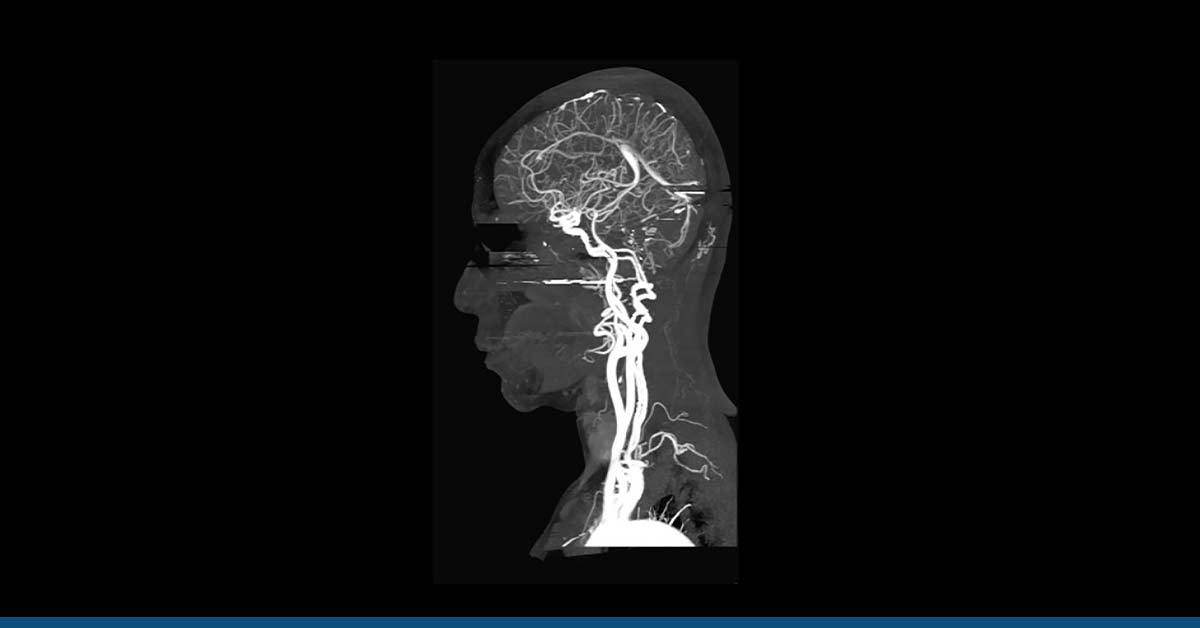There are many different ways to define debilitating diseases. But what exactly are they?
The term “debilitating” comes from the Latin word debilis, which means “weak”. These diseases cause the body to become weak over time and incapable of carrying out regular activities. While some are cured, others remain crippled for life. Regardless of the cause, most debilitating diseases are devastating to a person’s quality of life.
Table of Contents
ToggleThe Effects of Debilitating Diseases
Debilitating diseases are the results of chronic illnesses that can affect an individual for years. Those with debilitating diseases may require ongoing medical care and may have trouble with daily activities like toileting and dressing. Additionally, they may experience problems with breathing and social relationships.
There are many types of chronic debilitating diseases. Early-stage conditions cause minimal impairment of function and place little burden on caregivers. Certain chronic conditions are classified as early-stage diseases when their symptoms are mild or moderate and their progression is relatively slow. Some examples include early Parkinson’s disease and benign prostatic hypertrophy. Some of these diseases require the care from others. But for many people, debilitating diseases are a part of life.
Some types of debilitating diseases may be contagious. These conditions may be transmitted from person to person through hand-to-mouth contact. Other types of infectious diseases may be passed from one person to another through contaminated water, food, and insect bites. Some infectious diseases are preventable or can be improved by changing your lifestyle.
While age is still the biggest risk factor in contracting most debilitating diseases, modern medical innovation has made life expectancy longer and healthier. Nevertheless, many chronic neurological diseases remain untreatable because current treatments are inadequate. To combat this condition, we need to develop disease-modifying therapies.
But first, we must understand the nature of chronic debilitating diseases and what causes them. Only then can we make progress in developing better ways to treat them. And we must start addressing the causes, so that we can avoid these conditions altogether. Here are some common debilitating diseases and how they affect their sufferers.
OCD
Obsessive-compulsive disorder (OCD) is a chronic anxiety disorder characterized by repeated and disturbing thoughts, urges, or rituals. People with OCD cannot escape these thoughts and may engage in compulsive behavior and rituals to try to reduce or eliminate them. These behaviors can be distracting or harmful to one’s health, and may result in serious consequences.
OCD is thought to affect between two and three percent of the world’s population. Due to its widespread prevalence, the World Health Organization once listed it as one of the ten most debilitating diseases in the world. Many people living with this disorder may feel hopeless despite trying several treatments to manage their symptoms. The WHO has classified OCD with anxiety disorders as the sixth-leading cause of non-fatal health loss.
Severe OCD can limit a person’s ability to work, go to school, run errands, or take care of themselves. People with severe OCD are often obsessed with cleanliness. They may spend hours cleaning their homes or washing their hands. Other symptoms include compulsions to apologize and thoughts of harming others. OCD can also cause a person to become frightened of leaving their home.
While there is no single treatment for OCD, a doctor can recommend a combination of medication and psychotherapy. This treatment is known as exposure and response prevention (EPR). It involves gradually exposing a person to situations they fear or obsess about.
People with this disorder may benefit from hospitalization and in-patient-based care. In some cases, the patient may need a hospital stay for psychosis treatment. When taking medications, it is important to follow instructions and taper off the medication safely. It is also important to consult with a doctor before taking supplements as these can interfere with treatment.
Huntington’s Disease
While early symptoms of Huntington’s disease may be subtle, they can worsen as time passes. It is a genetic disorder that causes a faulty gene that produces a protein called Huntingtin.
Individuals suffering from Huntington’s disease may have difficulty swallowing or speaking, or they drop things frequently. They may also experience emotional changes. Patients may be dependent on others to care for them, or they may simply be unresponsive. However, the chronic debilitating nature of Huntington’s disease can have devastating effects on family relationships.
Although Huntington’s disease is a rare neuropsychiatric disorder, it is one of the most devastating illnesses known to mankind. The symptoms include uncoordinated movements, loss of balance, and memory impairment. As the disease progresses, thinking and judgment also decline.
Huntington’s disease is an inherited condition that affects the brain. Despite its rareness, it is the most common inherited neurodegenerative disorder in children and adults. It develops due to an altered gene in a parent who has Huntington’s disease.
Most people do not experience symptoms until their mid to late thirties. Huntington’s disease is more common in women, who are more likely to develop this debilitating disease. It progresses without remission for 10 to 25 years, ultimately leading to the patient’s total inability to care for themselves. In some cases, aggressive treatment of behavioral symptoms can help improve the patient’s quality of life.
Huntington’s disease is a hereditary neurodegenerative disorder that causes progressive loss of brain function. It causes motor, psychiatric, and behavioral symptoms in its early stages. It is usually fatal after 20 years of progression. In its later stages, the disease can require full-time nursing care.
Cystic Fibrosis
CF is a genetic disorder that affects the cells that produce sweat, mucus, and digestive enzymes. Normally, mucus is thin and slippery. When this protein is not working correctly, it blocks the water flow into cells and causes thick, sticky mucus. This can lead to infections and serious lung damage. Cystic fibrosis is caused by a mutation in the CFTR gene. To be born with the disease, both parents must have the mutation.
The symptoms of cystic fibrosis vary depending on the severity of the disease. Some people will not experience any symptoms until adulthood, but if they do, they will likely be experiencing a milder version of the disease. Symptoms may also improve or worsen over time.
People with cystic fibrosis diagnosed as an adult will typically be asymptomatic and have fewer or no symptoms. Some of the most noticeable signs of cystic fibrosis are high levels of sweat salt, which can be irritating to the lips and tongue. Other signs and symptoms of cystic fibrosis are respiratory and digestive system-related.
People with cystic fibrosis experience lung damage so severe that the lung tissue is damaged beyond repair. Lung function will eventually fail, becoming the leading cause of death for people with cystic fibrosis.
Symptoms of cystic fibrosis can occur suddenly in a severe bout of the illness called an acute exacerbation. During an acute exacerbation, an affected individual must take antibiotics to alleviate the symptoms. In some cases, the condition may even require hospitalization. Exacerbations may result in decreased energy and weight loss.
Other complications of cystic fibrosis include pancreatic insufficiency and increased risk of diabetes. Because the pancreas secretes enzymes that break down sugar, people with CF may experience a lack of absorption of their food. In addition to causing poor nutrient absorption, cystic fibrosis patients may also experience respiratory problems, nasal polyps, sinus disease, cirrhosis, and reproductive complications.
When CF is inherited, there is no known cure. The condition is life-threatening when the lung tissue is damaged beyond repair. Most cases of cystic fibrosis will result in respiratory failure.
Parkinson’s Disease
There are several reasons why a person might be worried about developing Parkinson’s disease. The slowness of movement, stiffness, and tremor of the muscles are the hallmark symptoms of this debilitating disease. People with Parkinson’s disease also display other symptoms, such as difficulty walking, sleep problems, and reduced blinking. These symptoms are common in patients with PD and were the main causes of disability in the past before modern drug treatment was made available.
The nervous system is made up of individual units called neurons, which serve as communication networks within the brain and throughout the body. The symptoms of Parkinson’s disease are caused by the loss of the nerve cells that use the chemical dopamine as a neurotransmitter.
When neurons die or fail to function normally, they affect the overall production of dopamine in the brain. This debilitating disease affects 60 to 80 percent of the brain’s dopamine-producing cells. When this happens, the nerves that control movement cease to function properly. In addition, PD causes the brain to lose its normal ability to communicate with the rest of the body.
There are numerous treatments available to treat Parkinson’s disease, which help boost dopamine levels and alleviate many of its symptoms. Although treatments and research continue to be in their infancy, they have improved the quality of life for millions of patients worldwide.
Muscular Dystrophy
Muscular dystrophies are a group of inherited disorders that cause muscle loss over time. These disorders can affect both children and adults, but they typically start in childhood. Although there is currently no cure, it is possible to minimize the symptoms of this disease with medication and lifestyle changes. If left untreated, however, the disease can lead to total disability and even death.
When a person develops muscular dystrophy, they will often struggle with daily tasks. It affects muscles and can affect a person’s ability to breathe, walk, and swallow. This disease is also characterized by a curved spine and reduced heart muscle efficiency. People with this disorder will often need to use a wheelchair. They may also experience contractures that make daily tasks difficult or impossible.
Limb-girdle muscular dystrophy occurs in childhood or early adulthood and affects both sexes. The symptoms of Limb-girdle muscular dystrophy begin in the hips and progress to the arms and shoulders. The disease may be inherited or acquired.
There are two types of myotonic dystrophy. The first type affects the central nervous system and the muscles. Symptoms include early frontal baldness, difficulty swallowing, and mild mental impairment. The second type, called myotonic dystrophy type 2, affects the muscles of the hands, feet, and face. This disease is debilitating in both sexes.
Among the many different types of MD, fascioscapulohumeral affects the muscles in the face, shoulders, and upper arms. It is inherited and slow-progressing, and most patients live a relatively normal life with it. Approximately 50% of people with this condition can walk, but they may experience difficulties. A few people with this disease have no symptoms.
In children, the most common type is Duchenne muscular dystrophy, which affects about one in every 3,500 males. Duchenne muscular dystrophy progresses differently from person to person, and it’s estimated that one in every three boys will require a wheelchair by the time they reach the age of twelve.
Duchenne disease also causes cognitive impairment. Later stages of this disease are marked by severe breathing and heart problems. Affected individuals often die in their late teens or early 20s.
Conclusion
There are many different types of debilitating diseases, and many people experience them at some point. Despite their widespread occurrences, these illnesses can still be managed.
Debilitating diseases affect various organs in the body, severely limiting a person’s quality of life. Some debilitating diseases can be managed with regular physical activity, a healthy diet, and quitting smoking or drinking less alcohol. While debilitating diseases can be rare or common, they can still be managed and better controlled through lifestyle changes.
At HG Analytics, we help you manage debilitating diseases and long-term chronic conditions with the help of the latest technologies in healthcare, including healthcare analytics, automatic testing, complete health management, and instant updates.
Our mission is to utilize data for the provision of better healthcare. Get in touch with our experts today and benefit from data-driven insights, improved healthcare decisions, and the most cost-effective treatments.





